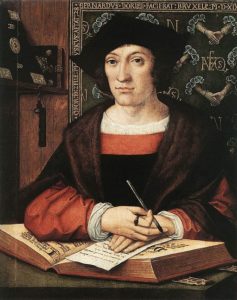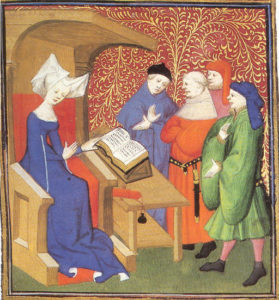
Giacoma and the city of Rome:
For a deeper look at Giacoma’s role in Francis’s story, I recommend the work of Darleen Pryds, Professor of Spirituality and History at the Franciscan School of Theology. Especially interesting are her book Enduring Presence: Diversity and Authenticity Among the First Generations of Lay Franciscans, and her chapter entitled “Lady Jacopa and Francis: Mysticism and the Management of Francis of Assisi’s Deathbed Story” in the book Death, Dying and Mysticism: The Ecstasy of the End, edited by Thomas Cattoi and Christopher Moreman.
Also useful is the book Francis of Assisi and the Feminine by Jacques Dalarun.
In Italian, the Angela Seracchioli translation of Édouart D’Alençon’s book Frate Jacopa: La nobildonna romana amica di san Francesco is very helpful. It is also available in the original French.
Additional information about Giacoma’s Rome can be found in these books, among others: Rome Before Avignon: A Social History of Thirteenth Century Rome by Robert Brentano; Rome: Profile of a City, 312-1308 by Richard Krautheimer; and Medieval Rome: A Portrait of the City and its Life by Paul Hetherington.
Also possibly of interest: Innocent III: Leader of Europe 1198-1216 by Jane Sayers.
Saint Francis and the city of Assisi:
For more information on Francesco, the reader will find a wealth of information. There are quite literally thousands of books about il Poverello. To select a few favorites: the modern biography I found most helpful was Francis of Assisi: A New Biography by Augustine Thompson, O.P. Other useful biographies include Francis of Assisi: The Life and Afterlife of a Medieval Saint by André Vauchez, translated by Michael F. Cusato, and Francis of Assisi by Arnaldo Fortini, translated by Helen Moak. Fortini, a former mayor of Assisi, has a wealth of material about medieval Assisi and its residents, as well as about the Franciscans.
Readers wishing to learn more about the early days of the Franciscan order may want to seek out works by Rosalind Brooke, including The Image of St. Francis: Responses to Sainthood in the Thirteenth Century; Popular Religion in the Middle Ages: Western Europe, 1000-1300; and especially Early Franciscan Government: Elias to Bonaventure.


